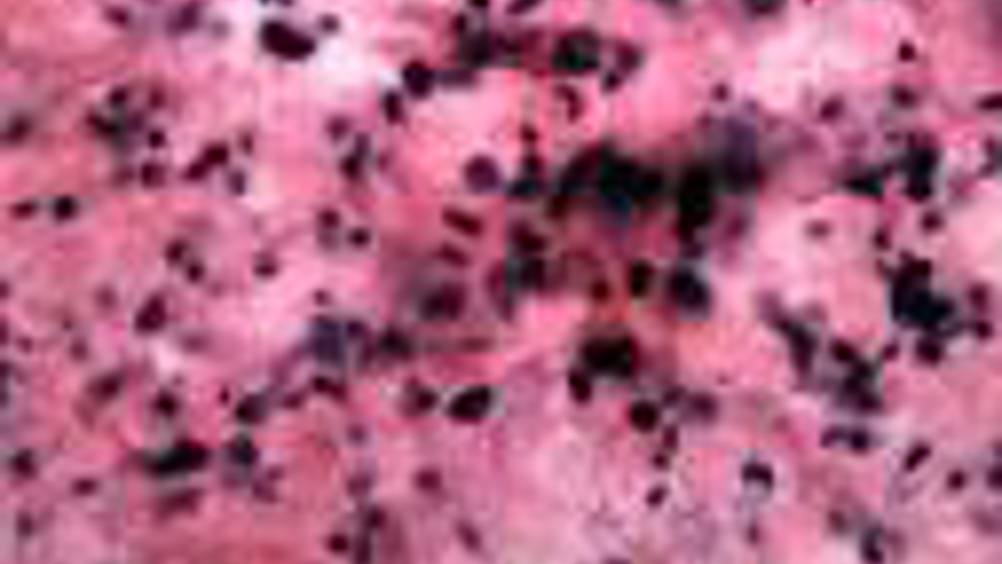Ferromagnetic tumour removal

Surgeons would be able to retract tumours in minimally invasive procedures using a technique that renders them ferromagnetic so they can be lifted from the body.
Dundee and St Andrews universities have received over £1.2m from the EPSRC to prove their method works on a large scale. Their efforts follow a previous EPSRC-sponsored pilot project that confirmed the feasibility of rendering small areas of tissue ferromagnetic (The Engineer 7 Aug 2006).
Alfred Cuschieri, director of the Institute of Medical Science and Technology, Dundee and St Andrews universities, said their original work involved injecting tissues with a ferro-fluid solution.
The technique was effective at making localised areas of tissue ferromagnetic, he added, but the team are now looking for methods that are injection free.
Cuschieri said novel ferromagnetic plastic films that adhere to the wet surfaces of the internal organs could be the answer. These types of co-adhesive biocompatible films are already available for drug-delivery applications, he said, and it would be theoretically possible to redesign them so they incorporate iron particles.
Register now to continue reading
Thanks for visiting The Engineer. You’ve now reached your monthly limit of news stories. Register for free to unlock unlimited access to all of our news coverage, as well as premium content including opinion, in-depth features and special reports.
Benefits of registering
-
In-depth insights and coverage of key emerging trends
-
Unrestricted access to special reports throughout the year
-
Daily technology news delivered straight to your inbox










UK Enters ‘Golden Age of Nuclear’
The delay (nearly 8 years) in getting approval for the Rolls-Royce SMR is most worrying. Signifies a torpid and expensive system that is quite onerous...